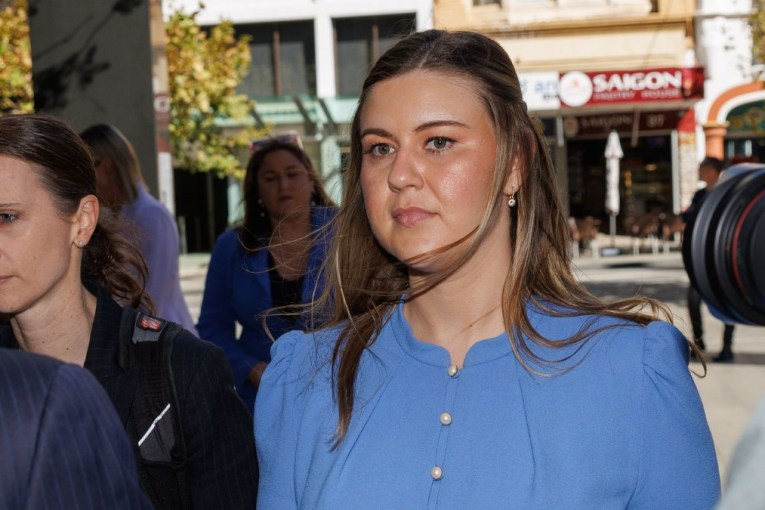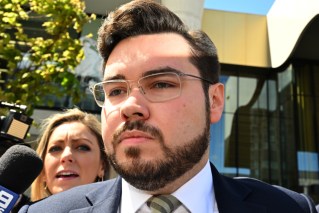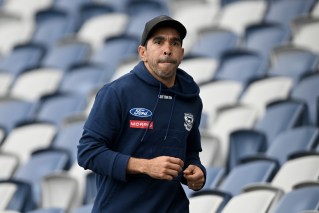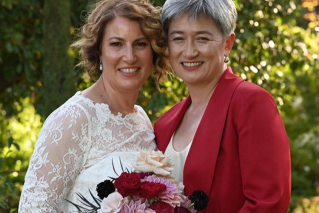Why Frank Sinatra despised Australia
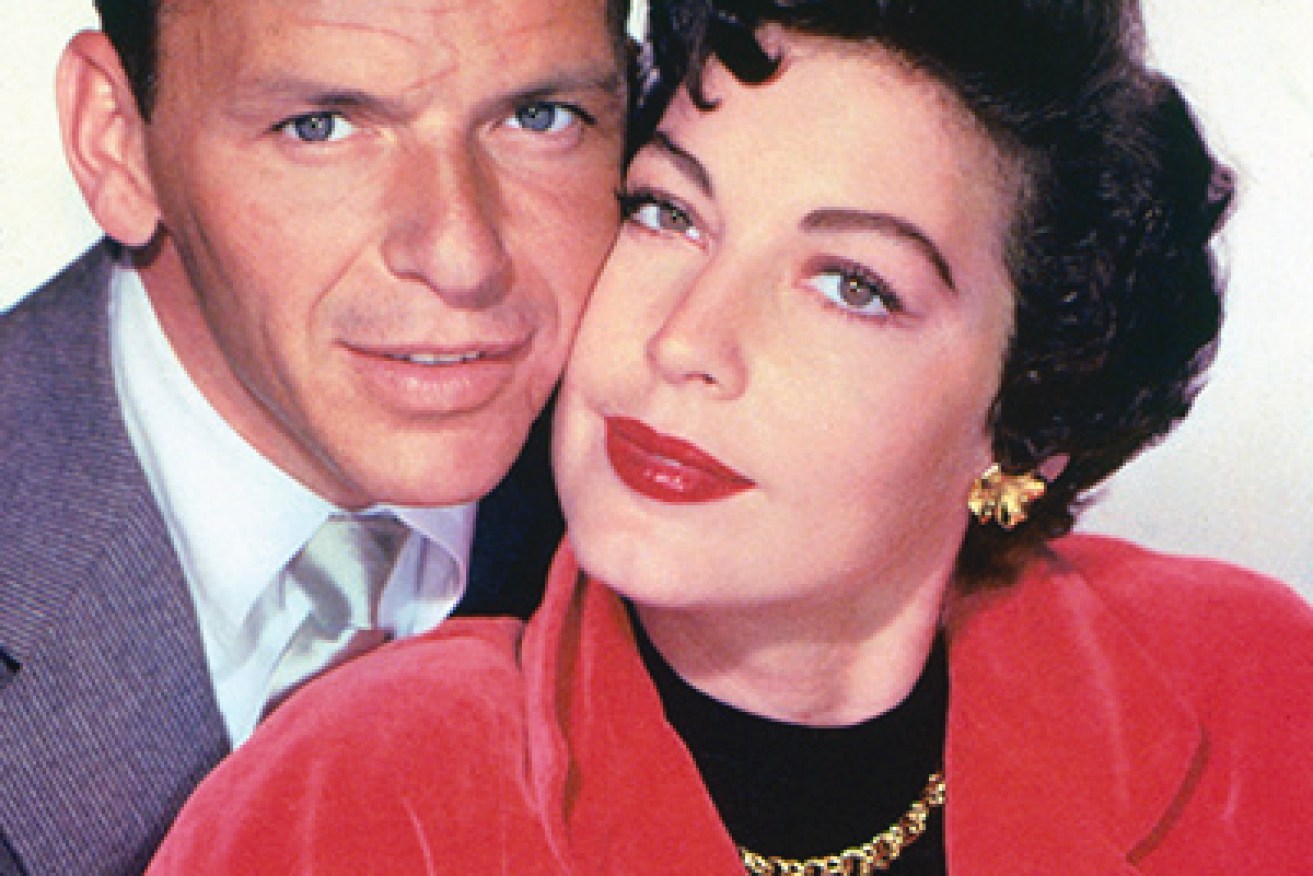
jul 336
During his tempestuous lifetime probably no-one attracted more international attention than Frank Sinatra, who would have turned 100 years old today.
Australia was a favoured destination for the suave singer and actor – who died aged 82 on May 14, 1998 – but his last visit to these shores turned out to be one of his most controversial, scandal-filled tours.
He had always liked the Australian audiences, and he particularly liked the orchestras. Once in Sydney, he declared on stage: “There are three best places for musicians: Los Angeles, London, and Sydney Australia.”
But the love affair ended after his 1974 visit, which was marred by an unfortunate series of events which prompted Sinatra to quip afterwards: “A funny thing happened in Australia. I made one mistake. I got off the plane.”
• Lennon’s muse: the lessons learnt
• The day Australia spurned the great Joe Cocker
• ‘You Sexy Thing’ singer Errol Brown dies, aged 71
The visit was doomed from the beginning. On arrival, Sinatra responded angrily to a Sydney newspaper report carrying photographs of several of his lady friends under the headline: “Sinatra’s Molls”.

Frank Sinatra and his 14-year-old daughter Nancy arrive at Sydney Airport during happier times in 1955. Photo: Getty
And then, while in accordingly a less than buoyant mood, he was heavily pursued by both male and female reporters in Melbourne demanding an interview.
On stage at Festival Hall in Melbourne, Sinatra mused: “They keep chasing after us. We have to run all day long. They’re parasites who take everything and give nothing. And as for the broads who work for the press, they’re the hookers of the press. I might offer them a buck and a half, I’m not sure.”
The media went wild.
His second Melbourne concert was cancelled; airport staff imposed a ban on his private jet at Tullamarine; and after flying to Sydney on a commercial fight, a three-day media siege of his Sydney Hotel took place, with reporters demanding an apology.
Someone said: “Sinatra don’t never apologise to nobody.” In the end, after a visit to his hotel by then ACTU president (and later prime minister) Bob Hawke, a compromise was reached. No apology, but Sinatra and Hawke agreed on a statement expressing Sinatra’s “regrets” at the series of events.
A lightning rod for drama
But everything was controversial about Sinatra from the start. Even his birth was remarkable.
Forceful use of forceps gave him lifelong neck scars and it was at first thought that he was stillborn, until his grandmother put him under a tap streaming cold water.

Frank Sinatra (L) and the rest of the Rat Pack: Dean Martin, Sammy Davis, Jr (centre), Peter Lawford and Joey Bishop. Photo: Getty
When he was eight, young Frank gave his first singing performances standing on a bar in Hoboken.
It was Sinatra’s magnetic personality, as much as his hypnotic voice, that captured the public. He could be charming, funny, emotional, threatening, nasty, generous, vindictive, endearing. He exuded a sense of danger. Once he was on the stage, or the screen, it was impossible to take your eyes off him.
Sinatra’s background was Italian-American. His mother Dolly was unpredictable, volcanic, dramatic; his father Marty boxed and owned a bar.
Perhaps the most notable of Frank Sinatra’s frienships was the infamous Rat Pack, a group of close male friends (plus Shirley MacLaine) who included Dean Martin, Joey Bishop, Sammy Davis Jr. Mainly, the Rat Pack raised hell. But they also made movies together, such as Ocean’s 11, and Robin and the 7 Hoods.
These were throwaway, easy-going entertainments, but Sinatra also established himself as a Hollywood actor of considerable dimension. At one stage in the 1950s when his stocks were very low, he revived his career by winning the part of Private Angelo Maggio in From Here To Eternity and winning the Oscar for best-supporting actor.
Other heavyweight roles were in such highly-regarded productions as The Man With The Golden Arm (1955), The Manchurian Candidate (1962) , Suddenly (1954) , High Society (1956). In fact, all Frank Sinatra’s films made a profit.
Then there was politics. Sinatra supported whichever side suited him. Through his “underworld contacts” he was said to sway the small but vital Chicago vote which won close friend Democrat John F. Kennedy the presidency in 1960. But he also campaigned for Republican and former Hollywood star Ronald Reagan in 1980.
Underground connections
Sinatra’s gangster associations were never openly established, but at the same time they were irrefutable.

Frank Sinatra with Ava Gardner. Photo: Getty
His first wife Nancy Barbato was a cousin of a well-known henchman at whose daughter’s wedding Sinatra sang in 1948.
He had a “strong friendship” with Sam Giancana.
Lucky Luciano “liked Sinatra’s singing”.
There was an uncle called Babe Gavarante who was connected to “the organisation of Willie Moretti”.
And the character Johnny Fontaine, a singer whose career was helped by the American Mafia, was a character in The Godfather (book and movie) said to be based on Sinatra, which infuriated him.
The women in his life
There was the mother of his children, Nancy Barbato. The marriage produced three children: Tina, Frank junior, and “Nancy with the laughing face”.
Then, he married perhaps the only woman to break his heart, Ava Gardner.
And of course, there was Mia Farrow. Sinatra was 48 when he met the 19-year-old Farrow and they married in 1966.
Then there was Barbara Marx, who was with him the longest, and to the end.
But then there are the other close ladies. Lana Turner, Judy Garland, Lauren Bacall, Juliet Prowse, Marilyn Monroe, Angie Dickinson … and so many others.

